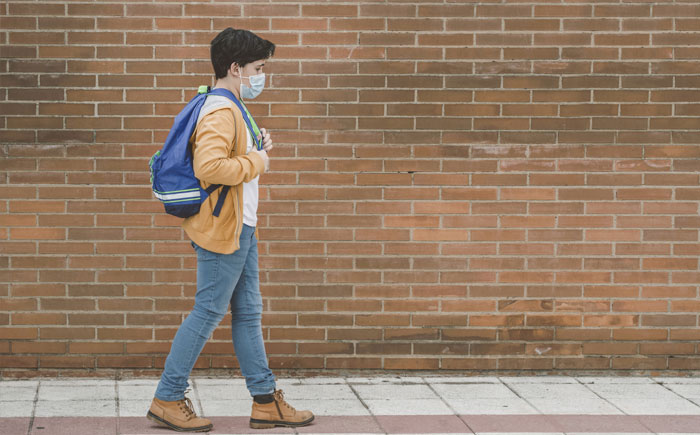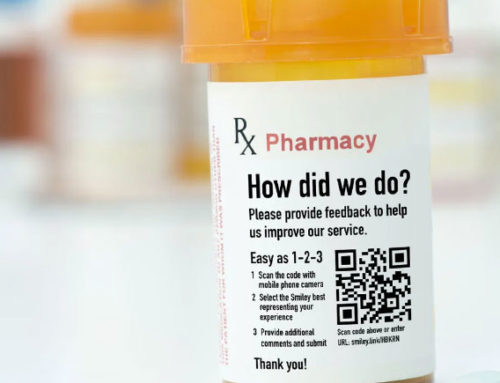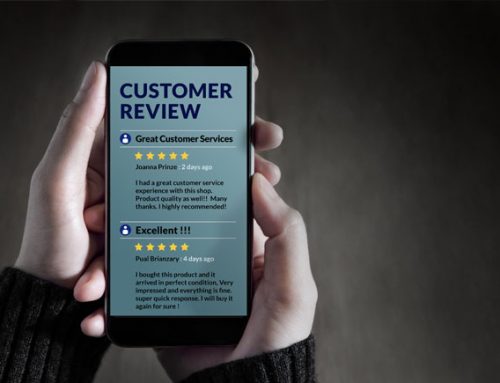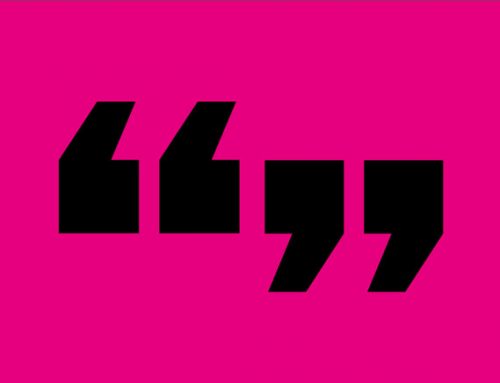As schools across the United States and the world start opening up, the Covid-19 pandemic changes what used to be a “normal” school year. In an attempt to balance the education needs of the students along with keeping students and teachers safe, schools are working hard to find the best way possible to meet the needs of students this fall. Whether a school has students attend in person or teach through virtual means, this year is different from years past. Normal routines are lost in this pandemic that students and teachers had adjusted to for years. Each person has their own way of adapting to this change and since there are a large number of students and teachers, understanding how others feel is very difficult without proper and timely communication.
Here are three ideas that can be used to make a positive impact for both students and teachers this fall:
Reverse Hidden Pain Points
Students and teachers are going to be trying many new experiences in classrooms this fall. Some of these include: New and different virtual learning methods, social distancing when attending in person, wearing masks during the school day, changing school schedules, and other changes as they come up. Since there will be many changes to established routines, there will also be many hidden paint points that come up as each school attempts various ways of adjusting to this pandemic. These hidden pain points, if not addressed, will fester and lead to more pain points as the year moves forward. Because of the many scenarios and individual perceptions, there needs to be a way for schools to understand student and teacher expectations and feelings. By having a system that allows this communication in real-time, positive changes can be made quickly to multiple pain points. Schools can then share their successes and build a community that is working together to overcome these stressful times. Listening to how others feel and addressing these needs, especially during these stressful times, can truly impact a person’s perception of learning and can have a long-lasting positive impact on their life experience.
Reduce Uncertainty
Uncertainty increases stress as students and teachers are adapting constantly to changing routines and ways of learning through this crisis. Uncertainty also requires extra energy to address the unknown and learn how to adjust. The human brain uses roughly 20% of the energy of each person. This is important in that adding excess stress to this energy mix causes problems. By reducing unneeded stress, the student and teacher can focus on the most important areas to improve the learning experience. Uncertainty impacts each person differently. As such, communication again will be the driver to better learning experiences. Learning what uncertainties cause the most stress will impact the learning culture and help in terms of the rise of mental health concerns that are impacting students and teachers today.
Be Curious
The amount of stress on students and teachers has increased coming into this school year. Increases in fear, uncertainty, and stress negatively impacts decisions and the range of new ideas. One way to take on fear and uncertainty is to use curiosity. Going into the unknown is difficult, especially if fear is the main emotion going into the dark. There will be some uncertainties this school year that cannot be avoided that each person will have to go through. By being curious as to how one can adapt and enjoy the experience versus fearing the unknown, students and teachers can savor this year as one for the memory books of a shared experience. Being curious has many positive benefits, including being happier, healthier, and building better relationships. Cultivating a culture of curiosity this school year can improve the student, teacher, and human experience.
Conclusion
This will be a challenging year for education as the pandemic looks to be impacting education through the whole school calendar. Three ideas introduced to positively impact students and teachers include reversing pain points, reducing uncertainty, and cultivating a culture of curiosity. Turning negative pain points into positive experiences requires constant communication along the touchpoints that people will experience this school year. Reducing uncertainty will leave more energy for students and teachers to have better experiences as more focus will go into the learning aspect versus the stress points. Lastly, by cultivating a culture of curiosity, students and teachers can increase the amount of healthy experiences and increase the range of ideas and learning. This school year will be a memorable one. How it plays out can truly impact the human experience for years to come. One way to positively impact experiences is having a system that captures human perceptions in real-time. This allows quick and positive changes consistently throughout the year.
About SmileyAnswers
SmileyAnswers is the leading reseller of the HappyOrNot® Reporting System within the United States, Canada, and the U.K. HappyOrNot® has over 1.5 billion feedbacks to date and is a leader in capturing the real-time insight of customers, patients, and employees. With the recent addition of the Smiley Link and Smiley Digital, SmileyAnswers offers a #GoTouchless solution in response to the Covid-19 pandemic to keep people safe while your organization obtains the real-time data it needs. The Smiley Digital is an engaging way to measure the eLearning experience.
The simplicity of the HappyOrNot® Reporting System is one of the main reasons for its success. Allowing individuals, a quick and easy way to provide feedback increases the amount of opinions collected. Using a real-time dashboard, organizations can make quick changes to pain points and then share the successes through multiple means. The current pandemic increases the need for better communication to improve human experiences. Changing expectations and perceptions need to be understood to help improve experiences and lives. We invite you to visit us to see if our solution can help you improve student and teachers experiences this year.



